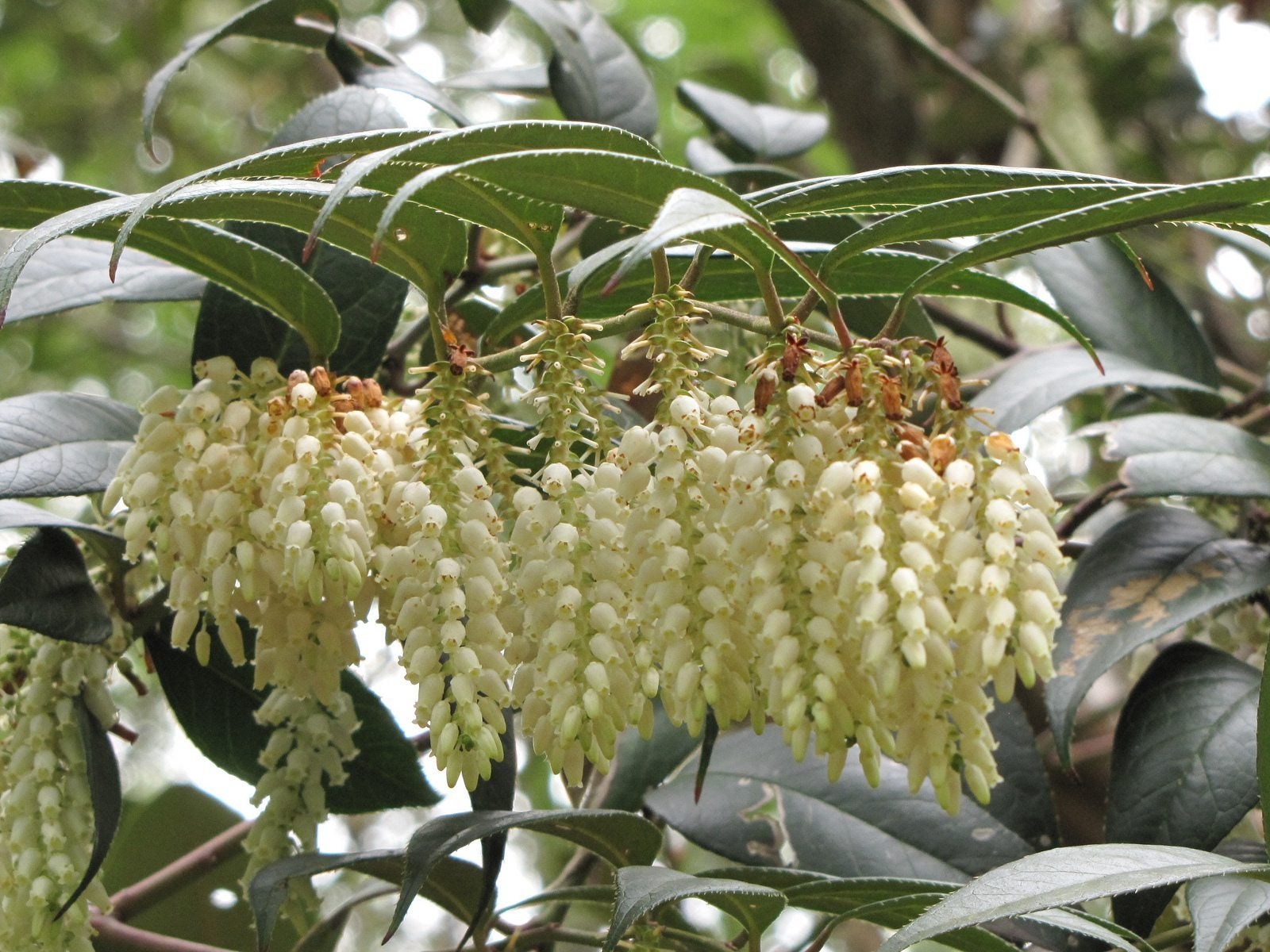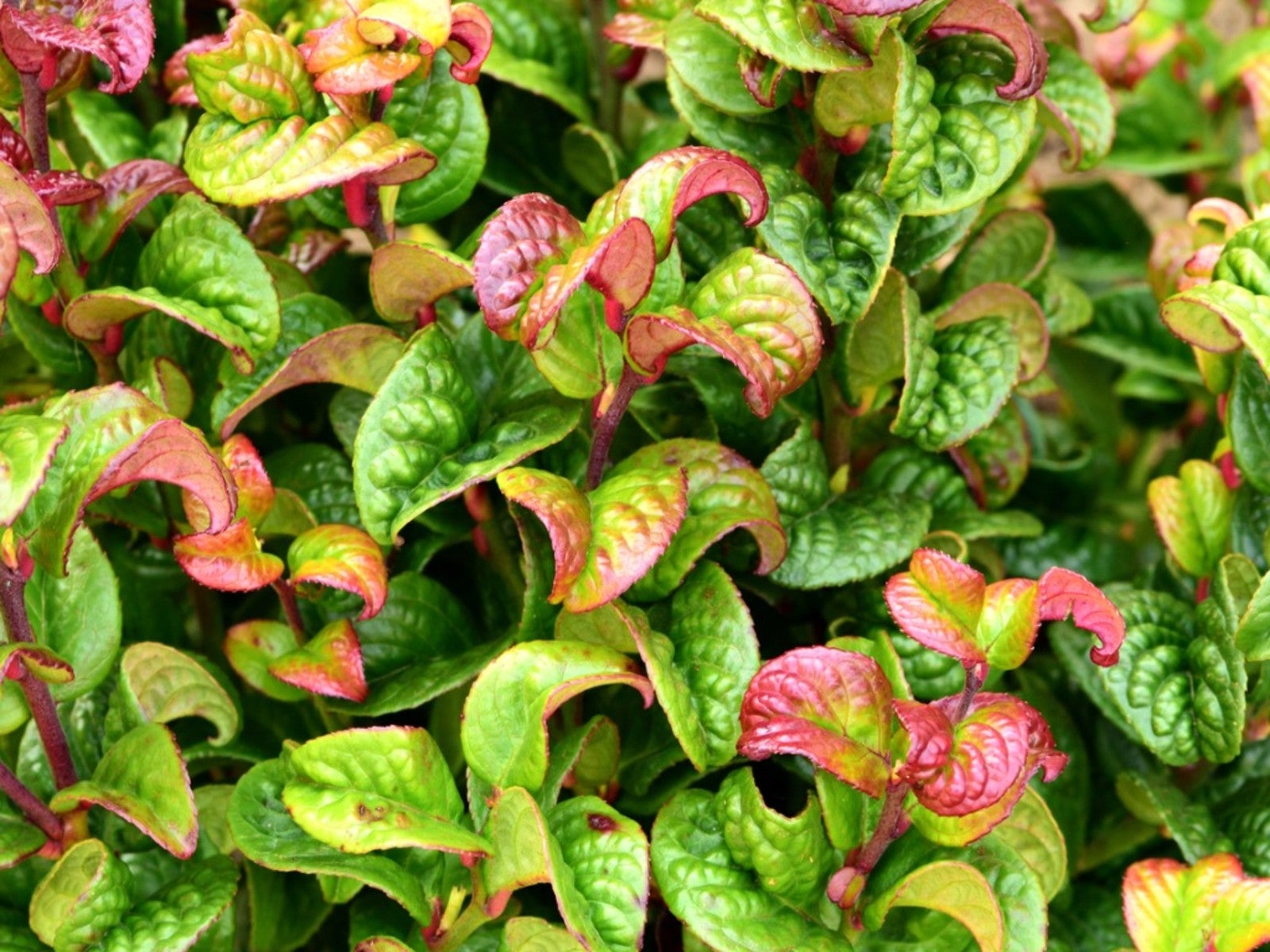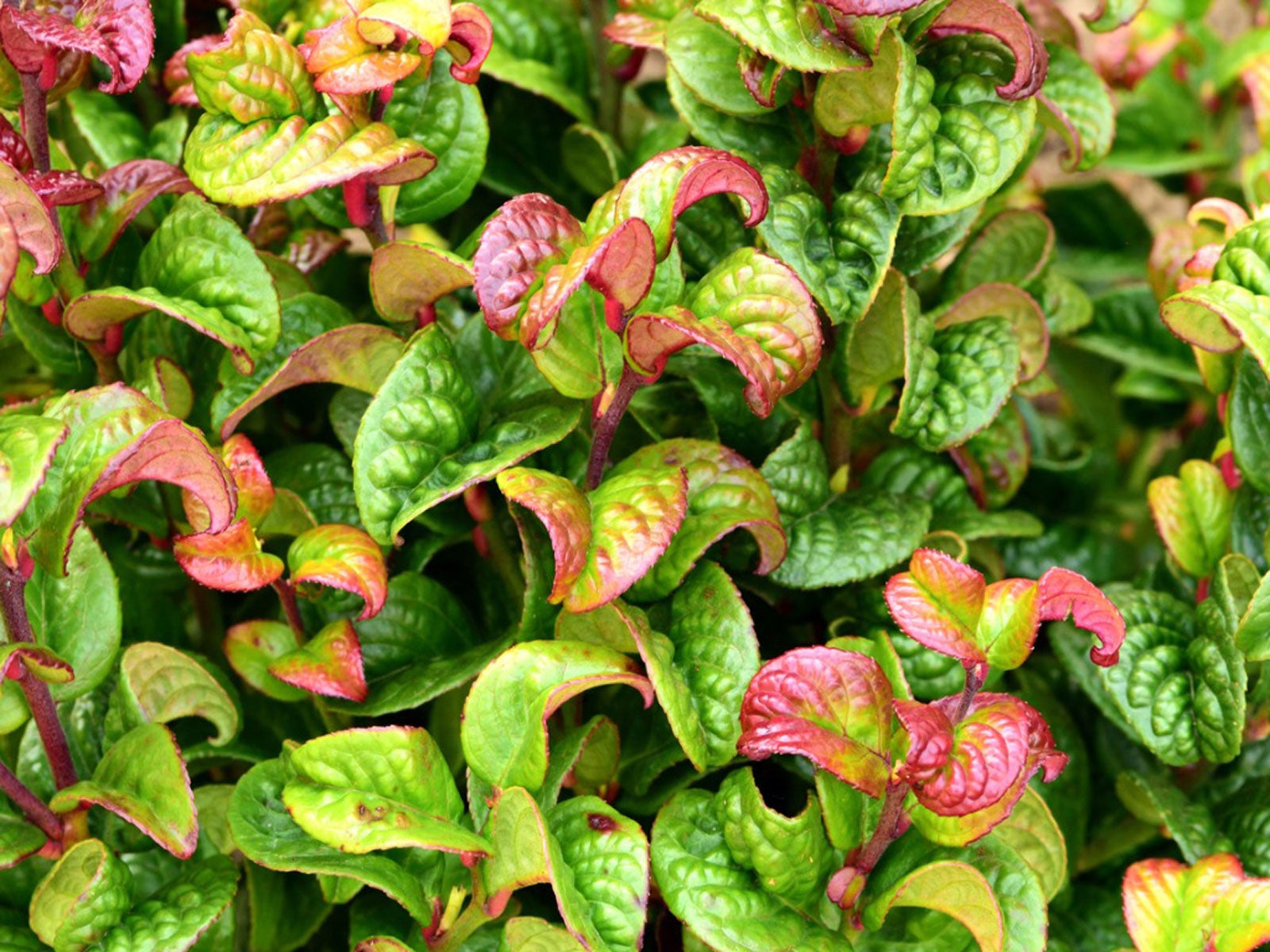What Is Fetterbush – Tips For Growing A Fetterbush Plant


Fetterbush, also known as Drooping Leucothoe, is an attractive, flowering evergreen shrub that is hardy, depending upon the variety, through USDA zones 4 to 8. The bush produces fragrant flowers in the spring and can sometimes turn beautiful shades of purple and red in the autumn. Keep reading to learn more fetterbush information, such as fetterbush care and tips about growing a fetterbush at home.
Fetterbush Information
What is a fetterbush? There’s more than one species of plant that’s commonly referred to as a fetterbush, and this can lead to some confusion. The best way to distinguish them is to use their scientific Latin names. One plant that goes by “fetterbush” is Lyonia lucida, a deciduous shrub native to the southern United States. The fetterbush we’re here for today is Leucothoe fontanesiana, sometimes also known as Drooping Leucothoe. This fetterbush is a broadleaf evergreen native to the mountains of the southeastern United States. It’s a shrub that reaches 3 to 6 feet (1-2 m.) in both height and spread. In the spring it produces racemes of white, fragrant, bell-shaped flowers that droop down. Its foliage is dark green and leathery, and in the autumn it will change color with sufficient sun.
How to Grow Fetterbush Shrubs
Fetterbush care is reasonably simple. The plants are hardy in USDA zones 4 through 8. They prefer soil that is moist, cool, and acidic. They grow best in partial shade, but they can tolerate full sun with extra water. They are evergreen, but they can suffer from winter burn and perform best with some protection from winter winds. They can be pruned severely in the spring, even all the way to the ground, to encourage new growth. They readily produce suckers and can spread and take over an area if not occasionally kept in check by pruning.
Gardening tips, videos, info and more delivered right to your inbox!
Sign up for the Gardening Know How newsletter today and receive a free copy of our e-book "How to Grow Delicious Tomatoes".

The only child of a horticulturist and an English teacher, Liz Baessler was destined to become a gardening editor. She has been with Gardening Know how since 2015, and a Senior Editor since 2020. She holds a BA in English from Brandeis University and an MA in English from the University of Geneva, Switzerland. After years of gardening in containers and community garden plots, she finally has a backyard of her own, which she is systematically filling with vegetables and flowers.
-
 Moody Blooms For Spring: 8 Types Of Black Flowers To Add Drama To Spring Displays
Moody Blooms For Spring: 8 Types Of Black Flowers To Add Drama To Spring DisplaysFrom midnight burgundies to inky violets, several types of black flowers can enrich and embolden a spring display. Try these brooding bloomers for a moody garden
By Tonya Barnett
-
 My Homemade Orchid Fertilizer Always Brings More Blooms – Here's The Easy Recipe That Transforms Plants
My Homemade Orchid Fertilizer Always Brings More Blooms – Here's The Easy Recipe That Transforms PlantsScientist-turned-gardener Mary Ellen Ellis shares her tried-and-tested DIY orchid fertilizer recipe, plus more ingredients to try for healthy, happy plants.
By Mary Ellen Ellis
-
 What Is Coastal Leucothoe – Growing Coastal Dog Hobble Plants
What Is Coastal Leucothoe – Growing Coastal Dog Hobble PlantsCoastal leucothoe is a small, easy maintenance bush that has a few specific requirements for optimum growth and development.
By Becca Badgett
-
 Growing A Leucothoe Bush: Learn About Types Of Leucothoe
Growing A Leucothoe Bush: Learn About Types Of LeucothoeLeucothoe plants are native to the United States and provide trouble free attractive foliage and flowers. There are several types from which to choose, any of which would enhance your garden with the plant's low maintenance. Click here to learn more.
By Bonnie L. Grant